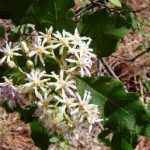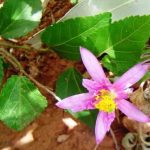TREE LIFE
JANUARY 2005
MASHONALAND CALENDAR
Saturday 1 January, Mark’s Walk on this afternoon will be on a vacant plot opposite Robin and Jenny Taylor’s property in Greendale. We don’t expect to find anything out of the ordinary in the way of trees, but this is a wonderful time of year for the little things, which, after the recent rains should be of great interest.
Directions: Take the Arcturus Road out of Harare, continue past the Kamfinsa Shopping Centre, past Pringle Road, then turn left into Coleford Road Third house down is the Taylors, and although the official address is 17 Lillesden Road the entrance is actually on Coleford Road. We will meet at 2.30 pm at the Taylor’s home.
Tuesday 4th January. Botanic Garden Walk. Meet in the car park at 4.45 for 5 pm. This is a good time of year for creepers, so that will be Tom’s subject.
Sunday 16th January. A return visit to Domboshawa where the plant diversity always amazes us (the paintings too are worth another look). We were caught unawares at Henry Hallam so do bring some extra cash for your entrance fee.
Directions. Take the Borrowdale Road out of Harare and continue for ± 33 kms. Watch out for speed humps, pot holes, pedestrians, cyclists, chickens and dogs. Turn right at the Dombashawa Cave sign (if it is still there) and continue to the car park – guarded – where we will meet at 9.30 am Bring your lunch, water etc.
Saturday 22nd January, Mark’s second walk of the month will be at Cleveland Dam where we will meet in the car park at 2.30 pm. Whether or not there is an entrance fee, and what it might be is unknown, so come prepared! The turn-off to the dam is a little further on than Jaggers but on the opposite side of the Mutare Road.
Tuesday 1 February. Botanic Garden Walk.
Sunday 20th February. The monthly all day outing to Thetford is still to be confirmed.
Saturday 26th February. Mark’s Walk, venue to be decided.
MATABELELAND CALENDAR
Please phone J P Felu on Bulawayo 232797 or Jonathan Timberlake on 286529 for details of the next Matabeleland function
BOTANIC GARDEN WALK: 2 NOVEMBER 2004
The subject today was the genus Rhus. Unfortunately, your faithful scribe, for various reasons, was very late in joining the group and so, despite some useful notes from Maureen, this is a more limited write-up than usual.
The genus Rhus is one we frequently encounter on our excursions around Zimbabwe. It belongs to the family Anacardiaceae, which is famous elsewhere in the world for its toxic species (poison-ivy for example) but our representatives are generally free of those problems except for the rare Trichoscypha ulugurensis (the Agony tree), contact with which may cause an allergic rash.
Rhus spp are all woody plants (although at least one, Rhus kirkii, is a suffrutex whose stems die back and are renewed each year). They have alternate compound leaves which are 3-foliolate – they have 3 leaflets per leaf. The flowers are minute and unisexual and are arranged in large auxiliary or terminal panicles. Typically, the fruits are drupes and are asymmetric
Taxonomically, the flowers are not very useful for separating the species and most use is made of the leaves.
Although mostly quite well known, there remain a number of areas of taxonomic confusion, of which the main one seems to be what is Rhus gueinzii?
Rhus lucens is a rare species in Zimbabwe, occurring in the NW of Zimbabwe, for example near to the Victoria Falls. “lucens” implies shiny and Coates Palgrave calls this the Shiny-fruited thus, implying it is the fruits which are shiny and not the leaves.
Rhus quartiniana, the River thus, is a well-known species, often occurring in large numbers in sandy and rocky river beds.
Rhus lancea is the Willow rhus, the English name used because of the long narrow leaflets Why isn’t it Rhus saligna, one wonders? Again, this is a common species, occurring in riverine habitats planted as a street tree.
The controversy about Rhus gueinzii, as I understand it, is as follows. The species we used to call gueinzii is a distinctive low-altitude taxon, typically occurring in riverine fringes of lowveld rivers. The plant is usually more or less spiny and the leaflets are glabrous and greyish-green.
However, the concept appears to have been extended to include Rhus natalensis, another distinctive entity with us with smaller leaflets. Tom certainly finds it very hard to believe that these two taxa should be combined
Rhus vulgaris is another rare species. Although Tom has a specimen in the Gardens from Juliasdale, he himself has never seen it in the wild.
Once again, our very great thanks go to Tom for so willingly giving us his time and expertise.
Mark Hyde
BOBGUNNIA: A NEW NAME FOR THE SNAKE BEAN
Although I have been aware for some time of the change of name of our common Snake bean, Swartzia madagascariensis to Bobgunnia madagascariensis, I (and the Society) have not generally followed its use Swartzia madagascariensis is a common tree, frequently seen on our outings, and such dramatic name change always tends to cause dismay amongst our members.
However, as we know from the recent Acacia proposals, the system of Latin names of plants is not designed with stability as its principal concern. Each proposed change needs to be evaluated and discussed on its merits and accordingly accepted or rejected in everyday use.
In practice, evaluation is virtually impossible for end users such as ourselves. If a convincing argument is put forward by experts, I tend to think that we should follow their opinions.
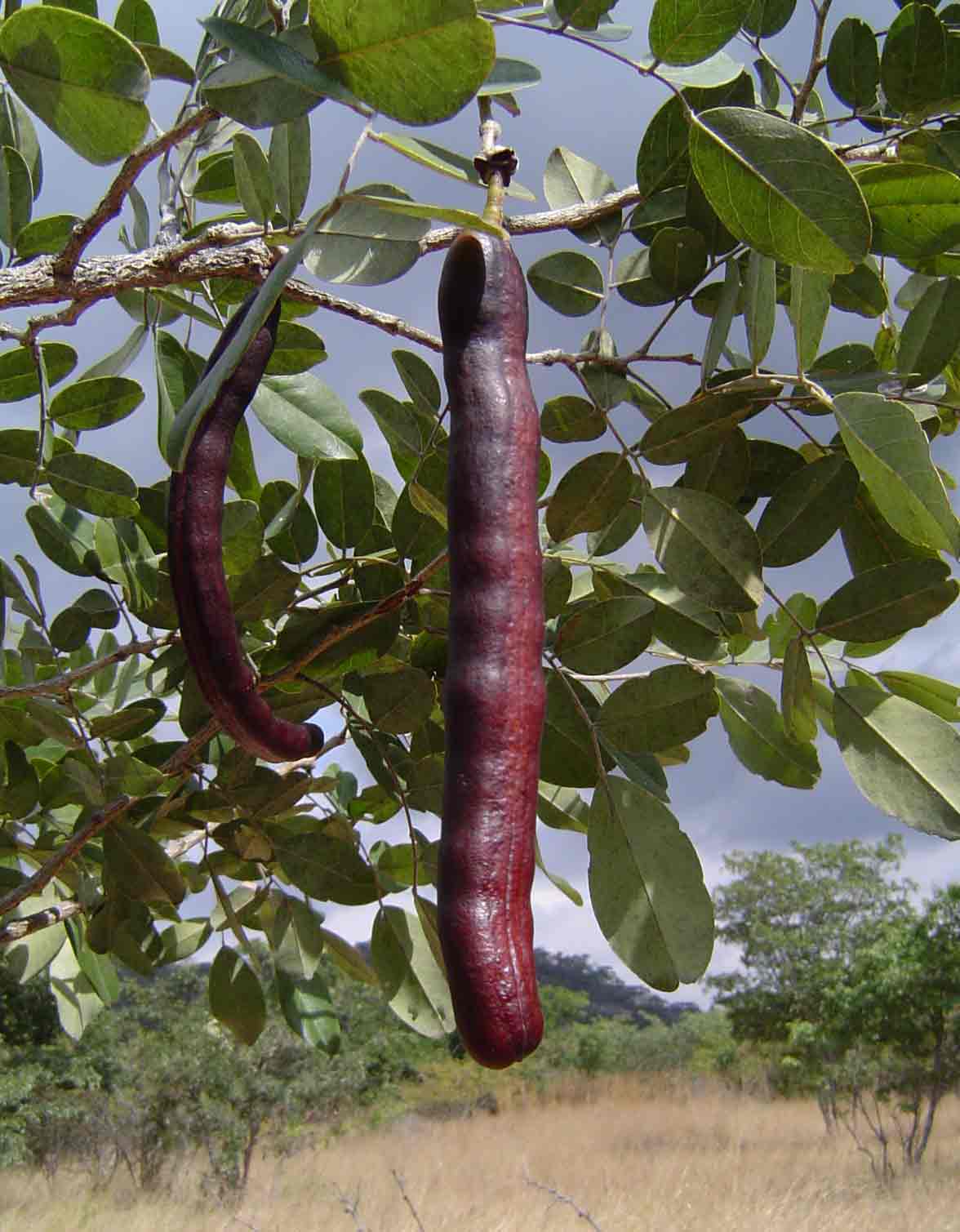
Bobgunnia madagascariensis Photo by Bart Wursten Flora of Zimbabwe
Recently, out of the blue, a paper [1] arrived by post, which sets out the reasons for the creation of the new genus Bobgunnia and why our species has become Bobgunnia madagascariensis. This and on rocky hills and also quite frequently interesting paper also includes a discussion on the placing of Swartzia in the Faboideae vs the Caesalpinioideae, a controversial subject.
It therefore seemed to me that a summary of the paper might be of interest to Tree Life readers.
Swartzia, as previously recognised, including Bobgunnia is a genus of 14 species all but two of which occur in the New World tropics. The two anomalous species occur in Africa and it is these two species, namely S. madagascariensis and S. fistuloides which have been transferred to Bobgunnia.
Apart from the geographical location, the evidence for creating the new genus Bobgunnia out of Swartzia is as follows
- certain characteristics of the seeds, namely hourglass-shaped cells in the testa and the “presence of a tracheid bar beneath a hilar groove in the hilum”;
- large mucilage-filled canals in the fruit mesocarp, which are found in no other genus of legume;
3 some evidence of a different (ie lower: 2n=16 vs 2n=28) chromosome number;
- different pollen type, and
- alternate leaflets (of the sensu stricto Swartzia species, only Swartzia microcarpa has alternate leaflets; the rest are opposite).
The genus is named in honour of Dr Charles R. “Bob” Gunn in recognition of his work on legume taxonomy. The concept of a compound Latin name consisting of first name and surname sounds informal and rather unusual to me; however, we are also familiar with Jamesbrittenia in the Scrophulariaceae.
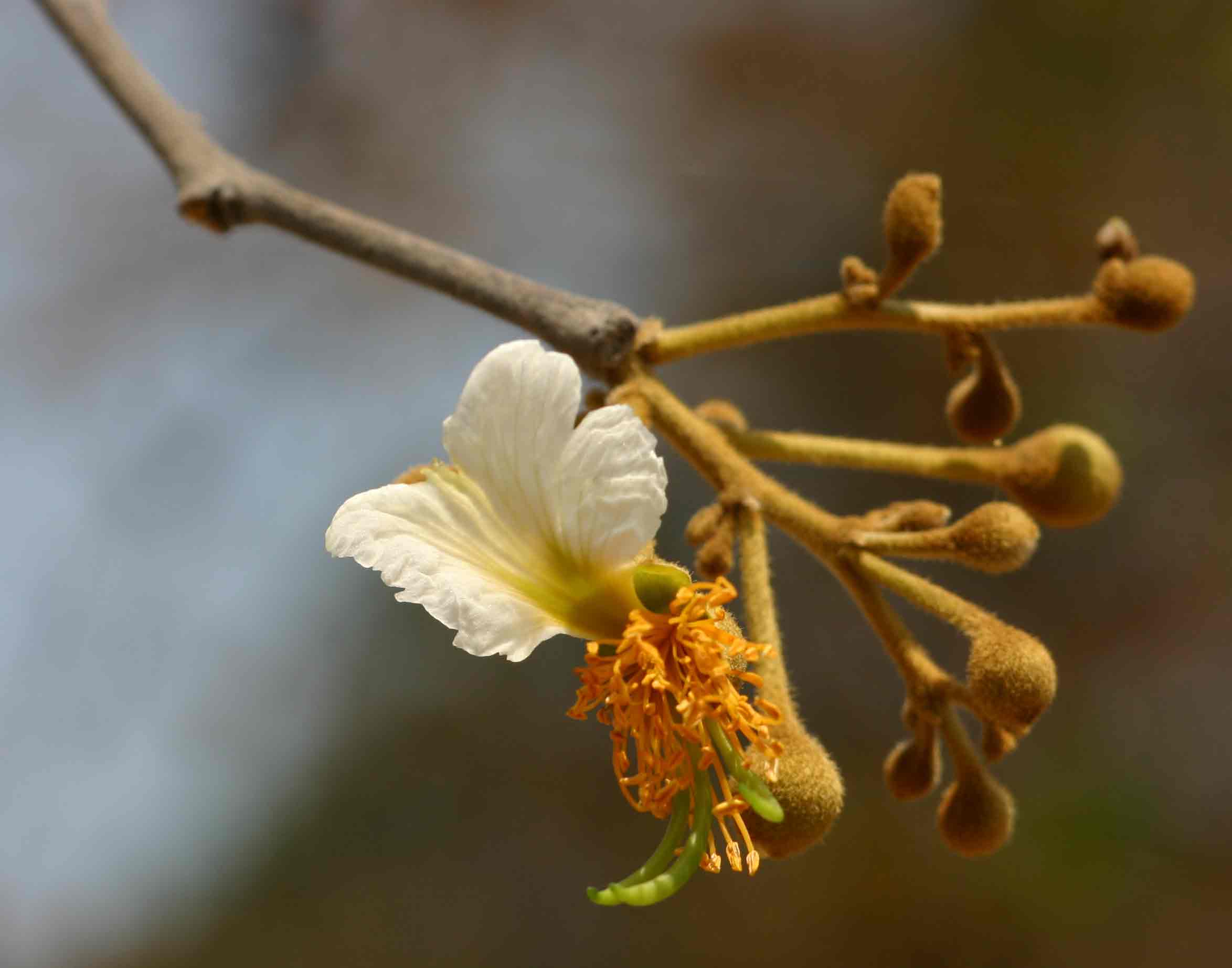
Bobgunnia madagascariensis flower Photo by Bart Wursten Flora of Zimbabwe
Bobgunnia madagascariensis is a shrub or small tree of tropical and southern Africa, typically occurring in savannas or dry forests. It does not occur in Madagascar or the Mascarene islands; this confusion appears to have been an error on the part of Desvaux when he published the name in 1826.
B. fistuloides, which is a large tree, has a more limited distribution and occurs in western tropical Africa.
The paper also records the various uses of B. madagascariensis, namely the wood (hard, durable and close-grained), the pod (ground up it is used as a fish poison; also as an arrow poison and an insecticide). The plant has the potential as an effective agent against bilharzia as it controls the snail Bulinus globosus.
Finally, the taxonomic position of Bobgunnia and the tribe Swartzieae has been controversial for many years. It has sometimes been placed in the subfamily Caesalpinioideae, in the subfamily Faboideae (Papilionoideae) or in its own subfamily (De Candolle in 1825 and 1825-7).
The latest thinking, based on collective discussions at the First International Legume Conference, held in 1978 at the Royal Botanic Gardens, Kew, is that the tribe Swartzieae has more in common with the Faboideae than either the Mimosoideae or the Caesalpinioideae.
Based on the arguments in this paper, I think we should begin to use the name Bobgunnia for the Snake bean, As usual, views or comments on this matter would be welcome
[1] Kirkbride, JH & Wiersema, JH (1997) Bobgunnia, a new African genus of tribe Swartzieae (Fabaceae, Faboideae) Brittonia 49(1): 1-23.Mark Hyde
HENRY HALLAM DAM. 21 NOVEMBER 2004
This was an extraordinary day right from the start. Shock number one was that the name of the Muranda complex has changed and all the km pegs have disappeared.
Shock number two was the increase in fees from $100 on our last visit to Henry Hallam/Seke Dam to a whopping $11,500 per person. This caused many a jaw to drop and eyebrow to raise. However Richard O [Oulton – ed.] came to the rescue with his negotiating skills and those who were at the entrance gate on time were able to enter at an agreed lower rate. Phew! Our next, but happy, surprise was the huge turnout; 41 folk signed our book.
We had a wonderful day, with Rob leading the walk. Using Meg’s leaf key, most times the correct conclusion was arrived at.
Rob showed us the obvious features that many of our trees have such as:
Combretum molle has SOFT opposite leaves.
Pittosporum viridiflorum has several features, heavily lenticelled bark on branches and trunk, often some of the leaves look as though they have a leaf curl disease, and finally when scratched, the bark gives off a very distinctive smell, and perhaps it is for this reason that it is used medicinally.
Canthium lactescens with lactating ends to the twigs, so all the specimens we met were duly “squeezed to death”.
Croton gratissimus showed gold gland dots on the undersurface of the leaves.
Clerodendum glabrum and C. wildii are so stinky when the leaves are crushed.
Burkea africana has rust-coloured furry growing tips and twice compound leaves (here followed an enlightening discussion on different leaf structures).
Figs – Ficus natalensis and F. thonningii and how to tell them apart by following the midrib right to the end of the leaf blade and noting how they differ.
Garcinia buchananii has yellow sap.
Ochna pulchra we remember as Kim’s mermaid tree because the lower bark is rough and scaly while that higher up is smooth Today it was in green fruit, the calyx being red while the tick-like fruit was still green. Very striking
And again Rob demonstrated the difference between Vangueria infausta and Vangueriopsis lanciflora. Vangueria leaves tend to fold upwards along the sunken midrib, while Vangueriopsis leaves can’t because the midrib is raised. So simple!
At this point lunch called so we headed back to the cars and relaxed.
During the lunch break, seven new members were enrolled to whom we say a big ‘welcome’.
In the afternoon, a smaller group strolled in a different direction. Below the dam wall, the vegetation is quite different. Here we saw Mundulea sericea, Commiphora mollis, Allophylus africanus, Pseudolachnostylis maprouneifolia and Rothmannia fischeri with acaradomatia. We also noted that Lantana camara is getting a grip here.
During the day we saw just a few flowering trees namely, Syzygium cordatum (waterberry), Maerua triphylla, Vitex payos, (chocolate berry) Peltophorum africanum, and finally Gardenia ternifolia which had the dried remains of one flower and one bud yet to open.
The heavy fruiting last year was very obvious. Liz Ade noticed this in Banket and it is a long time since we have seen so many Musasa and Combretum zeyheri pods on the ground – plenty of Mukwa pods too.
A recent and very successful hatching of chongololos was evident everywhere, Rob told us that they are very poisonous when they are in hibernating mode, but they lose this toxicity when they wake up.
More wildlife in the form of a big fat squirty cricket, a tiny reed frog with pale body and red legs and as promised, a snake seen by Jan who thought it may have been a mamba
For Werner we found a very beautiful terrestrial orchid Eulophia cucullata – this one was a rich dark mauve.
So, all in all, it was an eventful and most enjoyable day in a super place with lovely people and we especially thank Rob for making it all such fun.
Maureen Silva-Jones
THE PETHERAM FILES Continued…..
Indigenous Trees for the Garden
Although some stress has been placed on the great age of baobabs, and although there are other indigenous species of considerable antiquity, it is not correct to assume that all our trees take about 100 years to grow and are rather dowdy at that. This seems to be a common fallacy. We have some very lovely trees, many of them evergreen and fast growing. They respond to garden conditions wonderfully well, and some of them are spectacular in flower. Not only can they enhance a garden aesthetically, but also they attract an exciting number and variety of birds. Among these trees are:
Albizia gummifera (smooth-bark munjerenje). A tall, graceful tree, with spreading branches; reaches heights 20 metres or more in the forest margins of the Eastern Highlands; leafless for a short period.
[Comment 2002: this is not a tree for a small garden.]Bauhinia galpinii (red bauhinia). An attractive, large, spreading shrub that flowers at the beginning of the year.
Bolusanthus speciosus (tree wisteria, or wild wisteria). A graceful little tree, usually 4-6 m high; attractive in flower and also in leaf, although it is semi-deciduous; rather drooping habit; light-green, tapered leaves; racemes of blue or mauve flowers in spring; moderately fast growing: a little protection from frost advisable in the early stages.
Calodendrum capense (Cape chestnut). Of medium size (about 11 m), with large panicles of big, pink, nectar-laden flowers in the spring and summer months; fairly hardy; semi deciduous; fruit resembles that of the horse chestnut.
[Comment 2002: Calodendrum capense, in Harare at any rate, often has two flowering seasons in a year].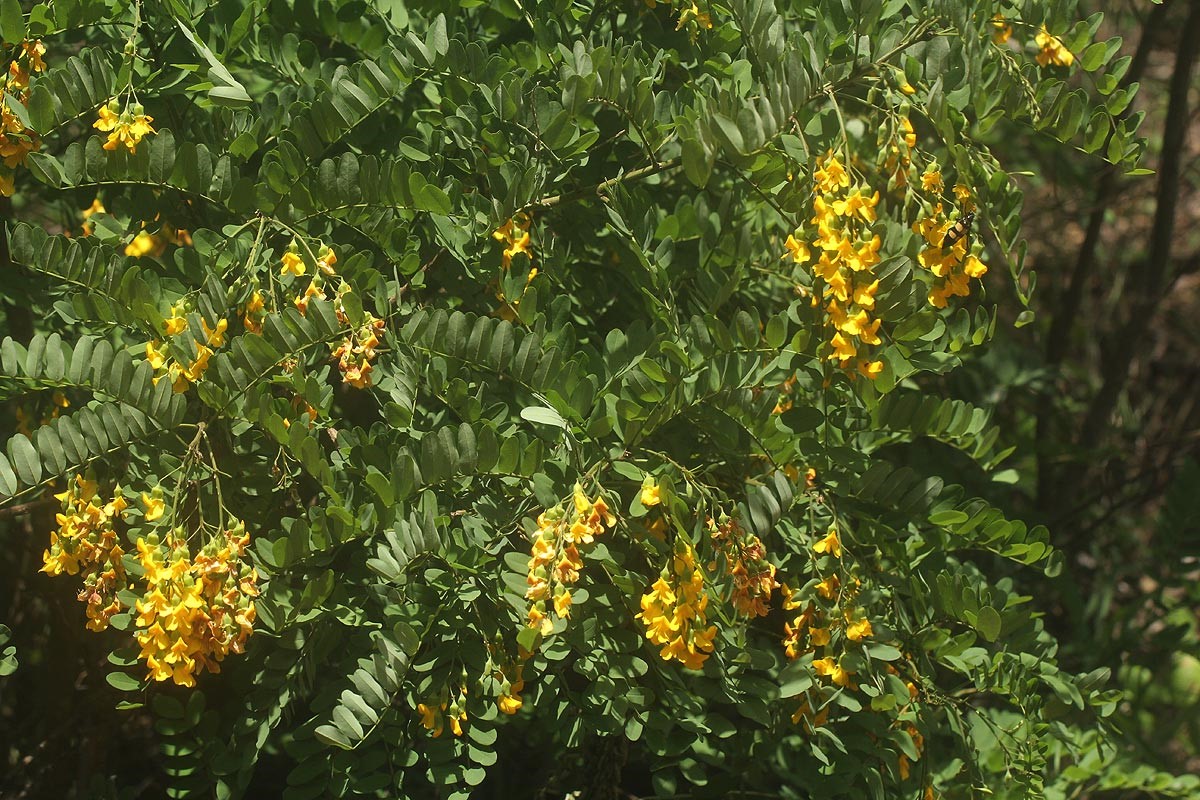
Calpurnia aurea Photo by Bart Wursten Flora of Zimbabwe
Calpurnia aurea (wild laburnum): An evergreen shrub or small tree with showy bright-yellow flowers during the rains; needs water.
Celtis africana (white stinkwood). Medium fast growth rate; fairly tall (15 m), with grey trunk and most attractive, light-green, serrated leaves.
[Comment 2002: Although Celtis spp do tend to have unpleasantly scented wood, it is a pity that they have attracted the southern African English name “stinkwood” with various qualifying adjectives. The name stinkwood properly belongs to that magnificent timber tree from Knysna Forest, Ocotea bullata].Cordia africana (large-leaved cordia). Fast growing, spready, and large; has big. attractive, heart-shaped leaves (which it loses for a short while), and masses of white flowers in April-May, protect from frost initially.
[Comment 2002: This species is better known as Cordia abyssinica. In East and West Africa it is harvested commercially for its pale brown timber, which is marketed (with two other species) under the trade name mukumari. The wood of Zimbabwean trees has a density of 670 kg/m³, but the wood from East and West Africa has an official density of only 480 kg/m². Perhaps the other two species in the mix in East and West Africa, Cordia millenii and C. platythyrsa have extremely light wood].Craibia brevicaudata (mountain craibia). A very ornamental Eastern Highlands species with wide, dense crown, dark green foliage, and white spring flowers with purple tinge: perhaps a little slow growing, but flowers when quite young; evergreen; requires water in the dry season.
[Comment 2002: The Zimbabwean tree is placed in subspecies baptistarum].Dais cotinifolia (pompon tree). 5-6 m in height, thrives with moderate watering, and produces sweetly scented, pink flowers in enchanting profusion just before the rains; loses its leaves for a period.
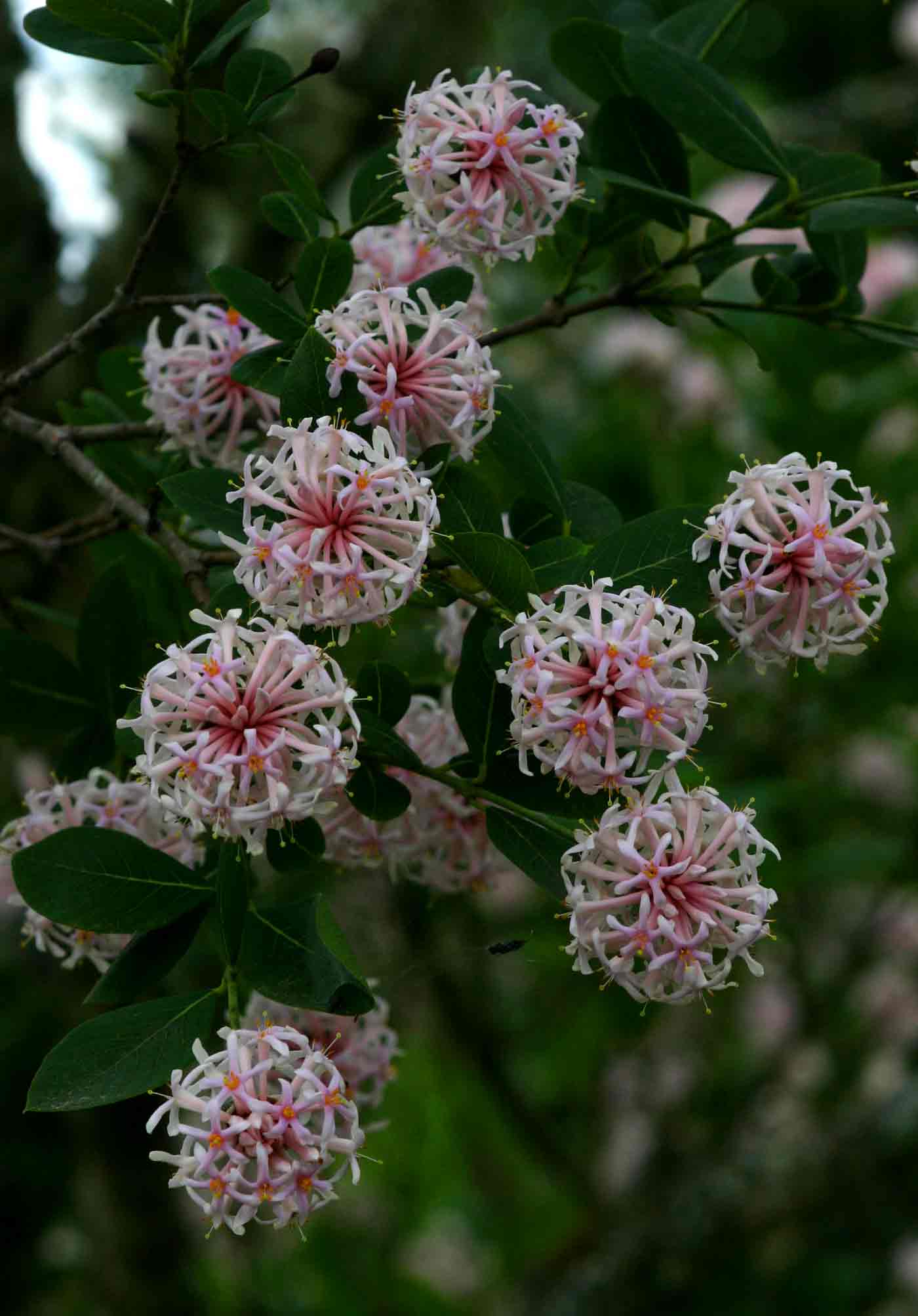
Dais continifolia Photo by Bart Wursten Flora of Zimbabwe
Dracaena steudneri (dragon tree); Adds variety and character to the garden; grows up to 10 m tall; multi-stemmed, and needs space; branches angle from near the base, and are crowned with narrow, sword-like leaves half a metre long.
Holarrhena pubescens (jasmine tree): Large, dark leaves and fragrant, white, trumpet-shaped flowers during the early rains; deciduous and a trifle spindly in growth habit, but a charming plant in leaf and flower.
Hymenodictyon floribundum (red firebush). Leafless in winter, but a blaze of crimson and red leaves in April-May; at its best when well raised with good drainage and growing against a boulder or group of rocks; do not over-water.
Khaya anthotheca (red mahogany). Grows fairly fast; needs lots of elbow room; a magnificent evergreen, which should be watered during the dry season.
[Comment 2002: This is definitely not a tree for a small garden because it can become embarrassingly large. One specimen in Mendel Road, Avondale, Harare is nearly 30 metres tall, with a bole diameter of more than 1.5 metres].Kigelia africana (sausage tree). Evergreen, about 12 m tall, hardy, strong growing, and regular; large exotic-looking, funnel-shaped, maroon flowers in spring.
Phoenix reclinata (wild date palm). A graceful, evergreen palm; a riverine species, but does not need excessive watering; slow to reach mature eight (about 10 m), but attractive at stages of growth; a lovely subject near a swimming pool, either singly (trimmed to a single stem), or untrimmed and grouped with others as a screen.
Rhus lancea (willow rhus). A hardy, graceful, willow-like tree of 6-8 m, which revels on the edges of vlei areas, and grows well elsewhere when watered: long, tapering trifoliate leaves; evergreen.
[Comment 2002: This species can also stand a great deal of drought and frost).Rothmannia manganjae (scented bells): An upright tree to 7 m; evergreen: trumpet shaped flowers in profusion, white with red dots; scented; suitable close to house or patio where it can get either the morning or the afternoon sun.
Schotia brachypetala (fuchsia tree, weeping schotia). In its element on ant-hills but will grow to 8-9 m in other locations; leaves dark green; flowers a glistening red; they literally drip nectar and any sunbirds in the vicinity are almost bound to visit them; more or less evergreen in the garden.
There are many more to choose from the well-known, red-flowering, lucky-bean trees (Erythrina spp) among them. So many of us have regretted the removal of musasa and munhondo from a new plot, for they set off a garden as wonderfully as any imported tree could ever do.
Some of the species suggested above are readily available in garden nurseries, indeed, I saw seedlings of Celtis africana (white stinkwood), Trichilia emetica (Natal mahogany), Khaya anthotheca (red mahogany), and Albizia gummifera (smooth bark munjerenje) at the Harare Forest Nursery yesterday morning, and I have little doubt that the beautiful Phoenix reclinata (wild date palm) is available there also.
All of these are of particular value in supplementing, not replacing. I hope, the musasas and munhondos with which your plots may be naturally endowed.
Lyn Mullin
To be continued.


